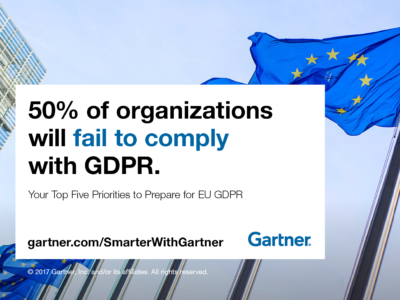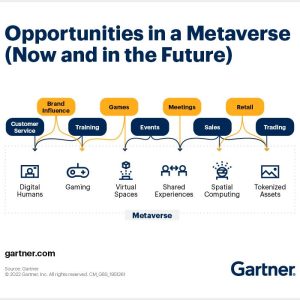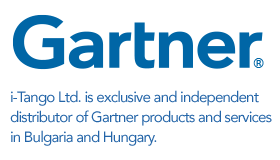Customer data is a key component of customer relationship management (CRM), but does your business recognize and leverage its real value?
Contributor: Susan Moore
We all know customer data is very valuable, but what we do with it is a different story.
Most companies use customer insights as way to achieve a successful CRM or customer experience program. Data is used to enhance customer experiences, improve service quality, target marketing efforts, capture customer sentiment, increase upsell opportunities and trigger product and service innovation.
According to Olive Huang, research director at Gartner, direct monetization of customer data, such as organizations exchanging information for goods and services, is as old as the grocery store loyalty card. It’s the increasing magnitude – greater volume, velocity and variety – of customer data that now presents organizations with new opportunities for monetization.
“Customer information has always been central to any CRM strategy, but the growing wealth of information from digital channels — from social media, location and context-sensitive data collected from mobile, and the Internet of Things (IoT) — radically expands the scope of the 360-degree customer profile,” said Ms. Huang.
Ideas to get started
Customer data can be used in two ways to generate monetary value:
- Directly — sold or traded.
- Indirectly — create new information products or services that leverage the data, although the data itself may not be sold.
Gartner predicts that 30 percent of businesses will have begun directly or indirectly monetizing information assets via bartering or selling them outright by 2016.
A large number of monetization opportunities are created using actionable customer insights from big data, especially in the consumer packaged goods and retail sectors. Through its Retail Link trading partner portal, Walmart gives suppliers its entire sell-through data — almost in real time, and by store.
Companies create additional services based on the customer data they collect. For example, Alibaba offers targeted personal finance products to customers that are active on its digital commerce sites.
Data brokers such as Dun & Bradstreet and Experian provide data on company identification, credit history, risk exposure, lead scoring, social identity matching and other prepared context data. In the financial industry, banks and credit card companies provide payment information value-added services (PIVAS) to retailers and merchant partners. Social media companies use the data collected on their platform to sell targeted online advertising. These are just a few of the many ways data is being monetized today.
Companies need to start treating information as a corporate asset that generates tangible future benefits by applying infonomics principles. A term coined by Gartner, infonomics is an emerging theory and practice focused on quantifying information’s value and defining how to manage information as an enterprise asset.
Although there’s increasing innovation, issues emerge in the areas of data ownership and data privacy. Regulations are fragmented across different industries and geographic regions and often fall behind technology changes. The public perception and threat of bad press from privacy breaches will most likely have more impact on companies than regulations.
On the other hand, consumers are in a privacy paradox. They value their privacy, but many will happily give away their personal information in return for free access to a service or for financial benefit; examples include store and airline memberships. Ultimately, companies need to closely follow privacy regulation development and determine their tolerance of risks in relation to how they want to monetize customer data
Gartner clients can read more in the report ‘How Organizations Can Best Monetize Customer Data.’
For more articles visit Smarter With Gartner website.










